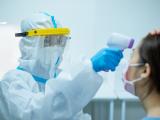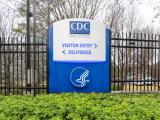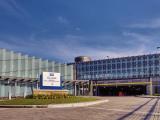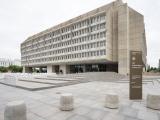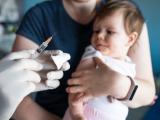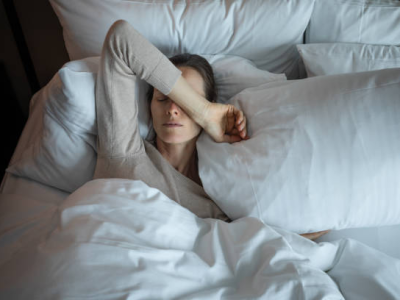Jan 8, 2008 (CIDRAP News) – A RAND Corporation study of how well local health departments handle telephone reports of urgent disease cases found that the best performers had a live person answering calls at all hours.
The goal of researchers, who published their findings in the early online February edition of the American Journal of Public Health, was to determine what factors help health departments meet the US Centers for Disease Control and Prevention's (CDC) standard for responding to urgent case reports. At the time of the study, the CDC said callers with such reports should be linked to a trained public health professional within 30 minutes.
Telephone-based disease surveillance systems (TBDS) at local health departments serve as the first line of defense for identifying public health threats such as foodborne illnesses, and they play a critical role in the event of a bioterrorist or chemical attack or an outbreak of pandemic influenza.
The researchers randomly selected health departments to represent various regions of the country and population sizes, though they excluded very small health departments. Of 124 health departments contacted to participate in the study, 74 agreed.
Before the researchers made several test calls to the local TBDS systems, they obtained consent from health department directors and asked them not to share details about the project with staff members. The investigators also recorded details about each department's TBDS system and asked each director to predict how well his or her system would perform. Calls were made both during and after business hours.
When making the calls, the researchers recorded information about who answered the call (a person or an automated system), whether the call was immediately transferred to a public health professional or if a callback number was requested, and how long it took to reach a public health professional such as a nurse, epidemiologist, or physician.
Health departments were rated as excellent if all calls were connected to a public health professional in 30 minutes or less, the CDC guideline. The department was rated fair if the response time for one or more calls was more than 30 minutes but less than 240, and poor if the response time was longer than 240 minutes or there was no response.
Researchers found that 31% of the health departments met the CDC guideline and that reaching a live person on the initial call was the strongest predictor of optimal performance, both for business-hours and after-hours calls. The use of automated systems after hours was linked to poor performance. The average time it took to connect with a public health professional was 63 minutes.
David J. Dausey, lead author of the report and an associate policy researcher at RAND Corp., said in a Jan 2 RAND press release that the results shows that local health departments can achieve consistent and timely responses to urgent case reports. "The fact that many departments were unable to respond in a consistent and timely way also demonstrates that there is room for continued improvement," he said.
After wrapping up the sample calls, the investigators interviewed officials at five of the top-performing health departments to determine other factors that contribute to good TBDS system performance. Practice, performance measurement, department leadership, and clear performance expectations were all reported to play a role.
When the investigators compared department performance predictions with the study results, they found that 47% of directors overestimated how well their TBDS system would perform, 24% predicted the results accurately, and 13% underestimated how well their system would do.
"The poor correlation between health department director expectations of performance and actual performance highlights the need for objective measurement," the authors concluded.
Many health departments believe the CDC's standard is unrealistic, the authors acknowledged. However, they wrote that even if the standard were raised to 60 minutes, a significant number of health departments in the study would have performed below expectations.
Dausey said in the press release that the CDC has shortened its guideline for reaching a trained public health professional by phone to 15 minutes.
"These are complex systems, and there are a number of places where the system can break down," he said, adding that other factors likely to help departments meet federal guidelines include ensuring that telephone operators receive proper training and having formal protocols in place for responding to calls.
Dausey DJ, Chandra A, Schaefer AG, et al. Measuring the performance of telephone-based disease surveillance systems in local health departments. Am J Pub Health 2008 Feb;98(2)(early online publication) [Abstract]
See also:
Jan 2 RAND Corporation press release
